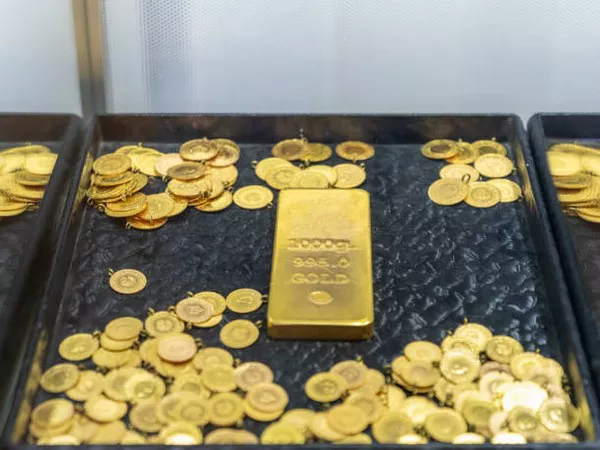Gold, a timeless and coveted metal, has held intrinsic value throughout human history. Its allure has transcended civilizations, serving as a symbol of wealth, power, and beauty. But who holds the scales to determine the value of this precious metal? Unraveling the complexity of gold valuation involves examining a myriad of factors that influence its market price. In this article, we delve into the mechanisms behind gold valuation, exploring the role of various stakeholders and the dynamic forces shaping its market value.
Global Markets and Supply and Demand
One of the primary drivers of gold valuation is the basic economic principle of supply and demand. The global market for gold operates within the framework of these fundamental forces. The supply of gold is limited, with mining production being the primary source. Central banks, individuals, and other institutions also contribute to the supply through the sale of existing gold holdings.
On the demand side, various factors come into play. Gold is a versatile asset, serving both practical and symbolic purposes. Investors seek gold as a safe-haven asset during times of economic uncertainty, offering a hedge against inflation and currency fluctuations. Additionally, gold has industrial applications, particularly in electronics and healthcare, further influencing demand.
Central Banks and Government Policies
Central banks play a crucial role in determining the value of gold. Many countries hold significant gold reserves as part of their national wealth. These reserves can impact the overall supply and demand dynamics in the gold market. Central banks may buy or sell gold to manage their currency’s value or diversify their holdings.
Moreover, government policies can influence gold valuation. Changes in interest rates, inflation targets, and economic stimulus measures can impact investor confidence and, consequently, demand for gold. Political stability and geopolitical events can also drive investors toward or away from gold as a safe-haven asset.
Mining Industry Dynamics
The mining industry plays a pivotal role in determining the value of gold. Gold extraction is a complex and resource-intensive process that involves exploration, mining, and refining. The cost of production, influenced by factors such as labor, energy prices, and environmental regulations, contributes to the overall supply-demand equation.
Mining companies’ exploration efforts, technological advancements, and discoveries of new gold deposits can significantly affect the global gold supply. Additionally, fluctuations in mining production due to geopolitical factors or unforeseen events can impact the market, influencing gold prices.
Market Participants: Investors and Speculators
The behavior of investors and speculators in the financial markets has a profound impact on gold valuation. Gold is not just a commodity but also a financial asset, traded on various exchanges around the world. Investors, ranging from individual traders to large institutional funds, engage in buying and selling gold contracts as part of their investment portfolios.
The sentiment of market participants is often swayed by macroeconomic indicators, interest rates, and global economic conditions. For example, during times of economic uncertainty or market volatility, investors may flock to gold as a safe-haven asset, driving up its price. Conversely, periods of economic stability and confidence may see reduced demand for gold.
Technological Advancements and Industrial Demand
Beyond its traditional role as a store of value, gold has essential applications in various industries. The technological sector, in particular, relies on gold for its exceptional conductivity and resistance to corrosion. Gold is widely used in the production of electronic components, medical devices, and aerospace technology.
Advancements in technology that increase the demand for gold in industrial applications can impact its overall value. As industries evolve, the need for gold in cutting-edge technologies may drive demand and influence its market price.
Global Economic Trends and Currency Values
Gold’s value is intricately linked to global economic trends and currency values. In times of economic instability, investors often turn to gold as a safe haven, leading to increased demand and higher prices. Conversely, periods of economic growth and stability may see reduced demand for gold.
The value of gold is often inversely correlated with the strength of major currencies such as the US dollar. When the dollar weakens, gold becomes relatively more attractive to investors, leading to higher prices. Central banks and major financial institutions closely monitor these dynamics as part of their broader economic strategies.
See Also Which Tithi Is Good For Buying Gold
Conclusion
The determination of gold’s value is a complex interplay of various factors, involving a multitude of stakeholders and dynamic market forces. From global economic trends and currency values to the actions of central banks and mining industry dynamics, each element contributes to the intricate tapestry of gold valuation.
Understanding the multifaceted nature of gold valuation is essential for investors, policymakers, and anyone seeking to grasp the broader implications of this precious metal in the global economy. As we navigate an ever-changing financial landscape, the enduring appeal of gold remains a beacon, reflecting the delicate balance between tradition and innovation in the world of finance.


